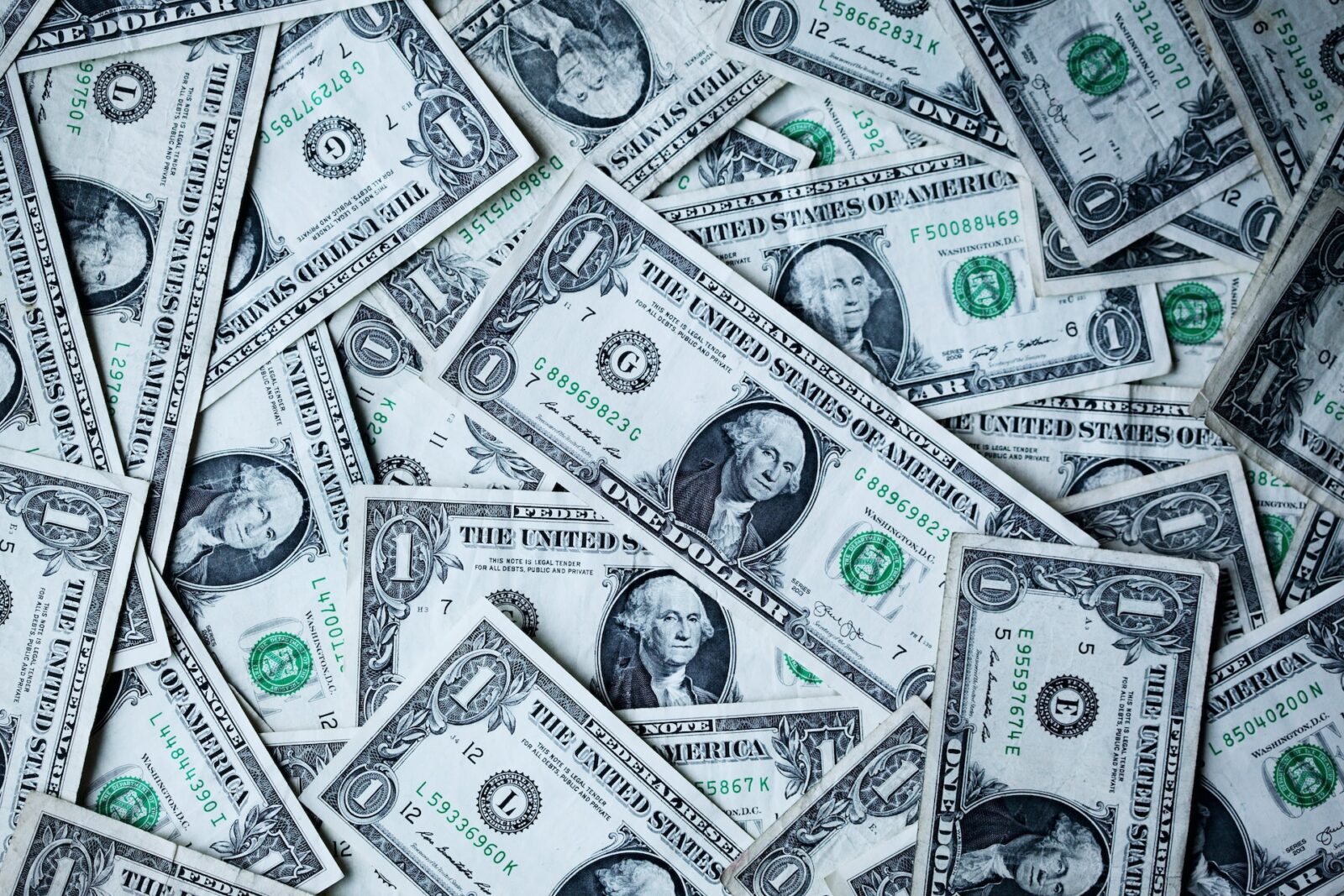April 2, 2025 | Washington, D.C. — In a dramatic return to economic nationalism, Donald J. Trump staged what his team dubbed “Liberation Day”, unveiling a series of bold reciprocal tariffs designed to punish unfair trading partners and, in his words, “put American workers first again.”
This wasn’t just another press event—it was a shockwave through international markets, trade alliances, and U.S. industry alike.
 What Actually Happened — Key Moments You Need to Know
What Actually Happened — Key Moments You Need to Know
9:00 AM ET — Trump huddled with his expert trade council to finalize the new tariff doctrine, built on the principle of reciprocity: “If you tax us, we tax you.”
11:30 AM ET — Press Secretary Karoline Leavitt previewed the initiative, calling it “a total reset of America’s trade posture.”
4:00 PM ET — Trump delivered a blistering Rose Garden address, announcing tariffs on countries he claims “have robbed the American worker blind.” The targets: China, Germany, Mexico, and Vietnam—nations with persistent trade surpluses against the U.S.
4:30 PM ET — Trump met with the media and staged an official photo-op, signaling total confidence.
6:00 PM ET — Administration officials held closed-door briefings with industry leaders, outlining rapid implementation and enforcement.
8:00 PM ET — Global markets reeled. Early tremors hit Asian and European indexes, while U.S. futures showed mixed signals as investors digested the long-term implications.
What’s the Real Strategy Behind This?
This isn’t just a policy. It’s a political chess move, an economic doctrine, and a cultural signal. Trump is doubling down on the idea that “free trade” isn’t fair trade—and his solution is tariff parity.
Why now? 2024 trade deficit data revealed that the U.S. imported $382.4 billion more than it exported to China alone. Trump is leveraging that imbalance to justify a hard reset.
Industries Most at Risk (and Who Might Win)
This move isn’t hitting everyone equally.
Most Vulnerable:
-
Automotive: German and Japanese vehicles could face price hikes.
-
Consumer Electronics: Think smartphones, laptops—most sourced from Asia.
-
Agriculture: Likely targets of retaliatory tariffs from China and the EU.
Potential Winners:
-
U.S. Steel & Manufacturing
-
Domestic Electronics Assembly
-
Rust Belt Industries ripe for revitalization
Will This Actually Work?
Economists are split—and they’re not sugarcoating it.
-
Supporters say this will re-shore production, curb dependency on foreign supply chains, and finally fix the structural trade deficit.
-
Critics warn it may spark a full-blown trade war, jack up consumer prices, and further isolate the U.S. from key alliances like the WTO.
But let’s be clear: Trump doesn’t care what the global elite think. He’s betting this strategy will galvanize the working class, especially in battleground states.
What It Means for You
-
Expect price increases on imports in 2–4 weeks.
-
Supply chain delays could resurface if retaliation escalates.
-
Businesses dependent on overseas goods: start scenario planning now.
FAQs — Quickfire Answers to Big Questions
Q: What exactly are reciprocal tariffs?
A: They mirror what another country charges us. If Germany hits U.S. cars with a 25% duty, we hit theirs the same way.
Q: Is this legal?
A: Yes. Trump is invoking powers under the Trade Expansion Act of 1962 and Section 301 of the Trade Act.
Q: Who’s most likely to retaliate?
A: China, the EU, and possibly Canada, depending on how deep the tariff net goes.
Q: Is this permanent?
A: No. But politically, it’s designed to stay in place well into Trump’s 2025 platform—and possibly beyond.
Q: Could this backfire?
A: Absolutely. If retaliation spirals, you could see inflation pressure creep back, especially in sensitive sectors like agriculture and retail.
A Trade Tsunami, Not a Ripple
This isn’t a tweak. This is a paradigm shift. Trump’s “Liberation Day” just tore up decades of globalization orthodoxy and replaced it with raw, unapologetic economic nationalism.
Love him or hate him, Trump understands political theater—and this was a headline-grabbing, market-moving masterstroke.
Whether it revives U.S. industry or torches international goodwill, one thing is clear: the era of polite trade diplomacy is over. The gloves are off.
Sources Cited:
-
Live broadcast, April 2, 2025
-
Reuters, WSJ, Bloomberg—real-time financial updates












Leave a Reply